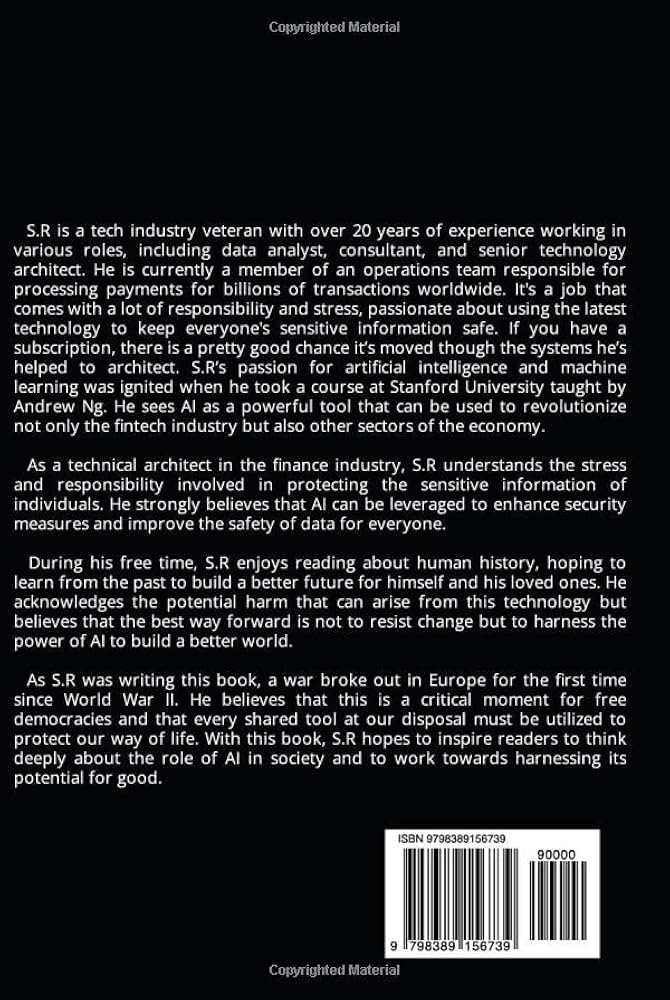
# Innovations in Archaeology: Safeguarding Europe’s Legacy with 3D Imaging and Drone Technology
**By Ali Jones**
The portrayal of an archaeologist painstakingly removing dirt from ancient artifacts under the blistering sun has been greatly idealized. However, contemporary archaeology is rapidly transforming through the assistance of continually improving technological advancements. A prime example is the application of 3D scans generated from images captured by drones, which are proving crucial for documenting Europe’s historical treasures—particularly in areas where sites and artifacts may soon vanish due to urban growth or environmental challenges. Serbian researcher Nenad Jončić provides an excellent case study of how this integration of technology and archaeology is taking shape, expanding the limits of conventional practices.
## Transitioning from Traditional Excavations to Digital Reconstructions
In January 2016, then-postgraduate scholar Nenad Jončić from the University of Belgrade teamed up with a Slovak tech firm as part of an EU-funded project aimed at documenting archaeological sites across Eastern Europe. The initiative, named **CONPRA** (2013-2016), encouraged collaboration between academic researchers and small enterprises to utilize digital technologies for the preservation of cultural heritage.
For Jončić, this experience was transformative, redirecting his journey from the standard “fieldwork” style of excavation associated with archaeology. Profoundly inspired and driven by his participation in **CONPRA**, Jončić subsequently founded **ArheoData**, one of Serbia’s inaugural private archaeological firms committed to safeguarding cultural heritage through digital methods. He also assumed the role of digital heritage specialist at the National Museum in Belgrade.
His efforts have harnessed state-of-the-art tools such as drones, thermal imaging, and photogrammetry to produce detailed 3D representations of significant archaeological sites. According to Jončić, the incorporation of these technologies is becoming essential as archaeological digs face an accelerated timeline for preservation due to modern development.
## Racing Against the Clock
Jončić quickly grasped the distinction between scientific and preventive archaeology. While scientific archaeology allows for thorough and systematic analysis, preventive archaeology—often conducted in the face of advancing construction—requires urgency and effectiveness.
“In preventive archaeology, it’s as if you’re against the clock from the beginning,” Jončić stated. “We must work very quickly and accurately, because if you fall behind, it will all disappear.”
Modern development initiatives, particularly in urban settings, frequently encroach on historical locations. Digital technology enables archaeologists to operate swiftly and precisely to gather detailed images, reconstructions, and data that might otherwise be unattainable before construction moves forward. Drone imaging and sophisticated photogrammetry streamline these tasks, permitting efficient documentation at high fidelity.
The concept of preventive or “protective” archaeology traces its roots back to the 1992 European Convention on the Protection of Archaeological Heritage, which underscores the importance of mitigating the threat to cultural heritage posed by economic growth. Nevertheless, finding a balance between cultural conservation and economic demands remains a challenge throughout Europe, particularly in Eastern Europe, where financial pressures can heavily influence archaeologists.
**Professor Predrag Novakovič**, a prominent Slovenian archaeologist collaborating with Jončić on the EU-funded project, is acutely aware of this dilemma. “Preventive archaeology is crucial,” he remarked, “but it’s also the most challenging situation because you have to navigate negotiations with developers and planners. The pressures on archaeologists are very significant.”
## Capturing History: Reconstructing Ancient Locations
A noteworthy instance of how drones and digital technologies assist archaeologists in preserving heritage for future generations occurs just outside Belgrade, at the **Vinča site**, one of Europe’s most critical prehistoric settlements. By utilizing photogrammetry—a non-invasive technique that compiles hundreds of images from various angles into impressive 3D models—Jončić’s team recreated intricate visuals of early human settlements.
Employing drones to capture images over the expansive area enabled Jončić’s team to formulate precise digital reconstructions of everyday life in one of Europe’s earliest civilizations. However, Vinča represents just a fragment of the larger scope. Future endeavors for ArheoData include documenting archaeological sites along the Danube River, concentrating on Roman fortresses that formed part of the formidable Limes defense network.
More than merely photographing these sites, Jončić’s team is also producing educational resources based on their findings, such as a film that highlights the reconstruction of burial mounds dating back to 500 BC in Atenica, central Serbia. This film employs 3D models to illustrate ancient tombs, complete with amber ornaments and iron components of a historic wagon wheel. These assets offer rich, accessible insights into what would otherwise fade from memory.
## Confronting Climate and Environmental Challenges
Rapid urbanization isn’t the sole threat jeopardizing archaeological sites. Another significant concern is **climate change** and its effects on ecosystems. Soil erosion, shifts in land use, and